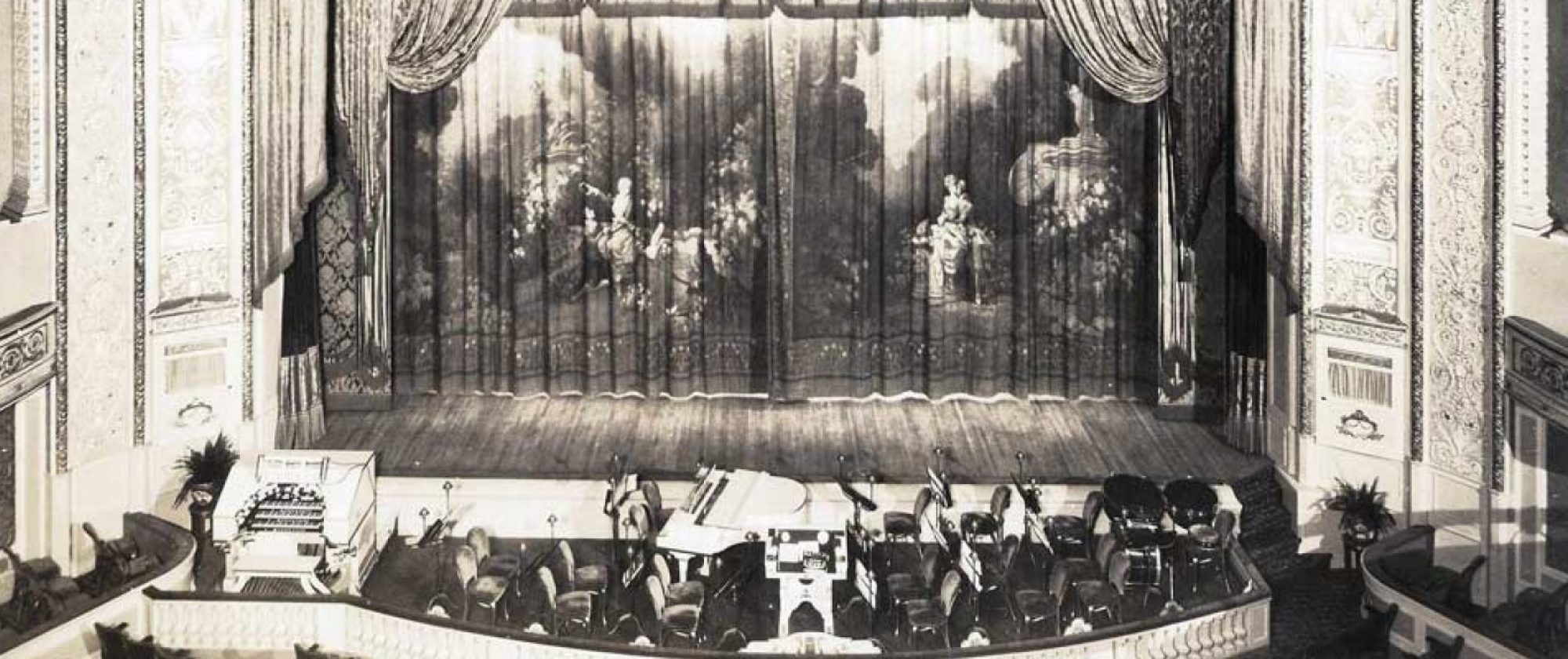The Nippon Duo opened and amused. The Jap youth at the piano is an excellent player for one of his race. He is something of a wonder, too, with the ukulele, and is a comedian. The act could be improved by speeding the tempo of at least one of the songs sung by the pedal worker by manipulates the barrel.
Ed Lowry and Irene Prince showed here for the first time. The team didn’t start anything in No. 2, but the house liked them. Lowry’s eccentric dance won something, as did his “Oh, Mother,” a comedy number which he announced as only an imitation, a la Harry Hines. Miss Prince looked cute in boy’s clothes and surprised by carrying partner off.
“Taxie,” a canine thespian, opened the show in a routine of cued stunts that told a complete little story. A peculiar coincident attached to the act was the theatre management wouldn’t allow any one to walk down the aisles while the act was on the stage. It was a wise precaution and evidently taken to prevent distracting the attention of the animal.
Kramer and Boyle golfed them in the next to closing spot with crossfire and vocalizing. This pair have developed into a comedy team of standard proportions and can hold down the next to shut position on the strongest of the bills. Boyle in a smooth convincing, straight of excellent stage presence, also possessing a voice of no mean caliber, while Kramer is a black-face comic with production possibilities. They scored solidly in a difficult assignment.
Marshall Montgomery was fifth, moved up from the after intermission spot. Kramer and Boyle took the descent. The ventriloquist had easy sailing with his dummy, and was prettily assisted by Miss Courtney, who played the hostess perfectly. Montgomery, in addition to being one of the best of the voice-throwing fraternity and cashes heavily as a result. He attempted a brief monolog at the completion of his act to give the staff time to set for Nonette, and got by with two stories. Montgomery is still a good ventriloquist.
The second half was perhaps not so strong as the initial stanza, but the difference was negligible it’s hardly worth mentioning. Dugan and Raymond, who were down for next to closing, found it a bit hard, due to the time, but pulled out with enough left over to make that curtains accredit at that hour.
Nat Nazarro was doing well enough with his hand-to-hand feats until the two colored boys. Buck and Bubbles, showed, following which they proceeded to tie matters in a knot with their all-around clowning. On for half an hour there was never a let down, and with the finish of one more balancing bit the act was accorded a reception that took them up to the high mark for the evenings festivities.
Rome and Wagner were the inserted pair, not making very much of an impression with their conversation but picking up on the strength of a few high freak notes offered by the girl and her partner’s voice.
Jim and Betty Morgan rolled up a score with the latter’s singing and the musical efforts of the former. The old Colonial applause in cadence was missing, but the whistling was there at the end, with the encore playing an overgrown uke and a clarinet by the team starting it all over again. This little family affair has framed itself an act with the versatility of the boy apparent through his playing of three instruments and his wife delivering four numbers capably – the “Romeo and Juliet” lyric being manifest through its “catch lines. “over” before the jazz finish and that simply sent ‘em in stronger.
The Exposition Four showed a tendency to overdo and lingered a trifle too long for their own good. That the boys are “there” as a quartet and for straight singing there can be no question, but their efforts at comedy are lacking and the elimination of two of the encores would have been more is the way of discretion.
